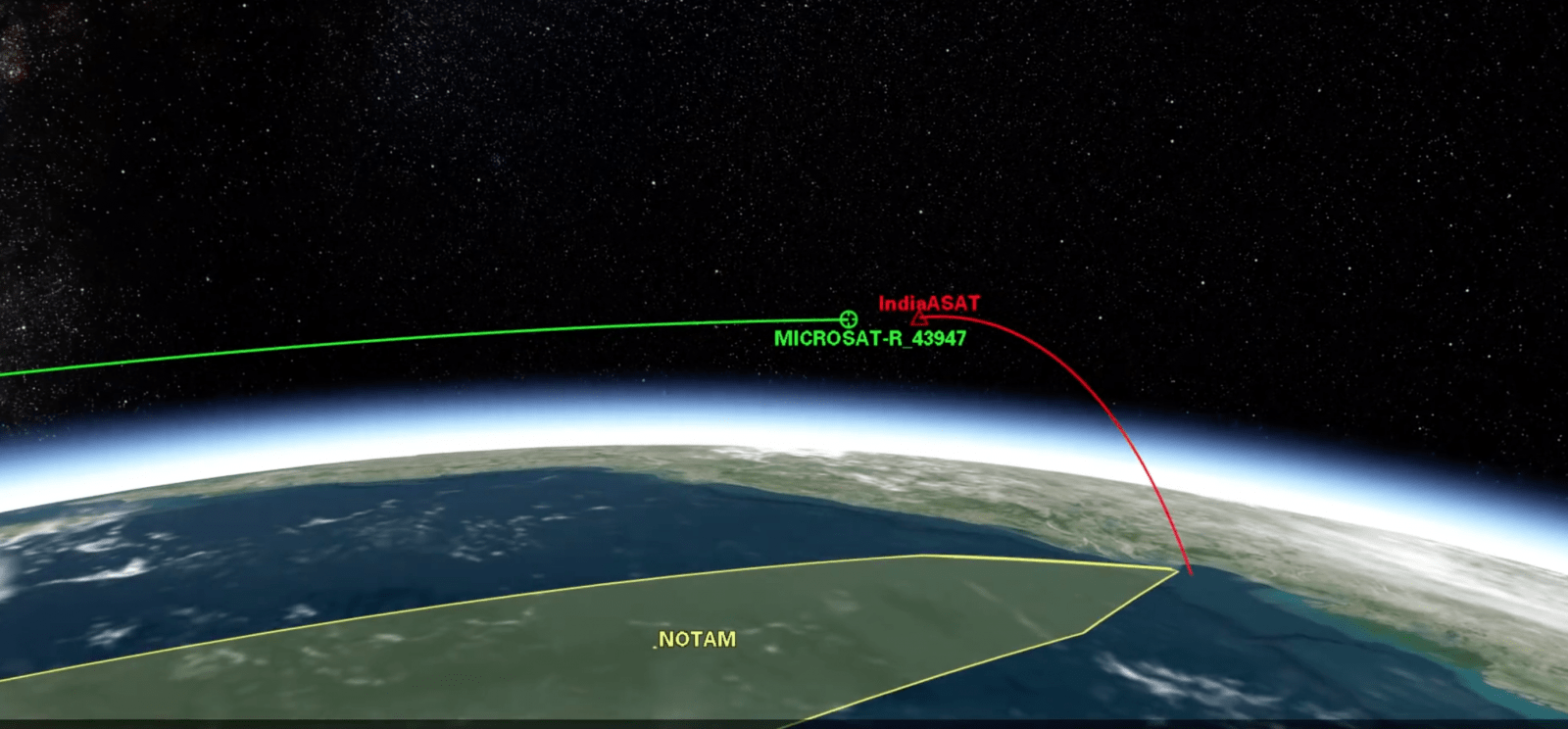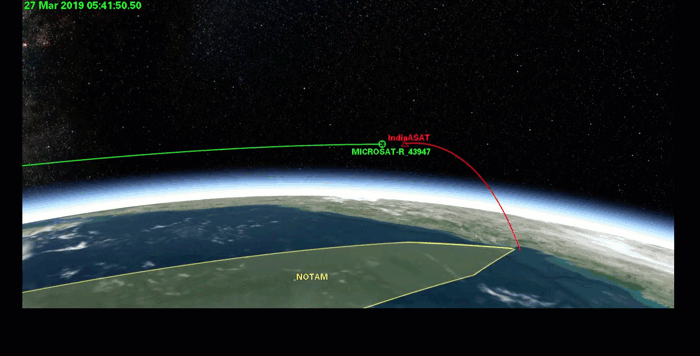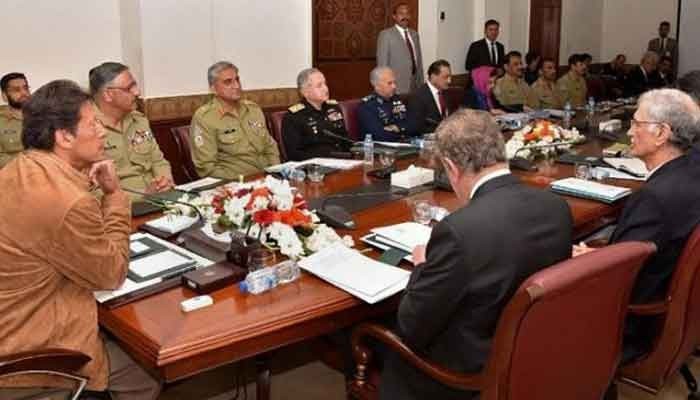 India’s Anti-Satellite Weapon (ASAT) test provides an excellent opportunity, both to its latent capacity and to the active use of military and political power to achieve its regional and global objectives. For decades, the militarization of space has been a controversial topic and efforts at the diplomatic level have been underway to keep states from using space for military purpose.
India’s Anti-Satellite Weapon (ASAT) test provides an excellent opportunity, both to its latent capacity and to the active use of military and political power to achieve its regional and global objectives. For decades, the militarization of space has been a controversial topic and efforts at the diplomatic level have been underway to keep states from using space for military purpose.
India has successfully targeted a satellite in Low Earth Orbit as claimed by its Prime Minister Narendra Modi. While the ASAT test’s importance is not comparable to India’s Smiling Buddha of 1974, it certainly holds parallel in terms of the timing. A plausible premise for the test seems to be missing, and the world has once again let India walk scot-free. Nonetheless, the weaponization of space has since afforded India entry into an elite club of states that possess the anti-satellite capability.
It is important to appreciate that ASAT weaponry stems from dual-use technology. Therefore, the use of a ballistic missile to kinetic-kill the satellite props up another more destabilizing capability, i.e., anti-ballistic missile capability. India’s Mission Shakti, which used the Ballistic Missile Defence interceptor to target its satellite, is a part of the ongoing ballistic missile defence programme under India’s Defence Research and Development Organization (DRDO). The test in itself is important as it allowed India to test its missile against a moving target. This will naturally also assist in anti-ballistic missile testing, and with India’s acquisition of ABM systems which work along the same lines albeit with slight modifications, its targeting capabilities will be enhanced as well.
Furthermore, DRDO’s current Chairman G. Satheesh Reddy recently noted that this ASAT missile had the capability to intercept satellites higher than 1,000 km. This, when coupled with the statement by ex-chief of DRDO Avinash Chander that the test “provides a capability to intercept intermediate-range and intercontinental-range ballistic missiles in high-altitude, exo-atmospheric phase,” explains how India is using dual-use technology to bolster its defence. As the technology is almost identical, India, under the guise of ASAT testing, is developing offensive capabilities which could disturb strategic stability in South Asia.
It is important to discuss the reasons that led to this testing in the first place. As with other arms control treaties pertaining to dual-use and military technology, this test could be India’s way of becoming a ‘have’ rather than a ‘have-not.’ It is also a matter of prestige for India; it no longer wants to be left out of elite clubs when it clearly can join them without any repercussions from international organizations or the Western world in general. After all, the reactions from Europe and the U.S. to India’s ASAT were hardly deprecating of the latter. The only serious denouncement was made by NASA which disapproved of the resultant space debris.
At the same time, India’s test has serious implications for the South Asian region and begs a more regional-centric inquiry into it. First, as the General Elections are underway in India, the timing of this test has raised many an eyebrow. Second, it is no secret that in a post-Pulwama environment, a sense of disillusionment prevailed among the Indian Air force; the BJP had to placate the masses somehow. India’s long-held claims of being capable of launching a limited war against Pakistan at a place and time of its choosing had been put to rest and rendered India unable to retaliate to Pakistan’s response without climbing the escalation ladder. Third, Post-Pulwama, several admissions by the Indian Prime Minister and the Air Chief brought to surface the Indian Air Force’s inability to retain the upper hand in combat against Pakistan; they attribute this to a dearth of trained pilots, an almost obsolete fleet of fighter jets, save for the Russian made Sukhoi-30s and an overall lack of integration and coordination in the Airforce. Pakistan’s upper hand in the conventional conflict, since, has forced India’s military and political echelons to have second thoughts. At a time like this, it is but natural that Modi used this test to kill two birds with one stone; achieve an electoral gain through the perpetuation of heightened jingoistic narrative in the general public, and showcasing India’s space and missile capabilities as manifested by the recent ASAT test.
Nonetheless, it is imperative that a complete account of recent events is taken to understand the Indian establishment’s mind map. This is not the first time that India has chosen to showcase its capabilities merely for the sake of prestige or short-term benefits. Their shortcomings, however, stand exposed in the post-Pulwama situation.
The ASAT test was denounced by certain quarters even in India, owing to the timing that Modi chose for conducting it. West Bengal’s Chief Minister and a possible Prime Ministerial candidate, Mamata Banerjee, noted, “Today’s announcement is yet another limitless drama and publicity mongering by Modi desperately trying to reap political benefits at the time of election.” Furthermore, it also helps explore the extent to which the current Modi government is ready to go, just to secure an upper hand in the upcoming elections.
India fully understands that its recent choices are in blatant disregard of international norms and that they also undermine regional security. Its ambitious drive to bolster its defence apparatus verges on an offensive setup. Prime Minister Modi’s remark that “We are not just capable to defend on land, water and air, but now also in space,” completely ignores the threat emanating from weaponizing of the space. At a time when tensions are already peaking in South Asia, such a provocation unnecessarily escalates the situation. The world watches passively, and a strong reaction from the advocates of arms control in South Asia and beyond remains muted at best.
Muhammad Sarmad Zia is a Research Fellow at Centre for International Strategic Studies (CISS), Islamabad, Pakistan




India’s advancements in space will trigger the arms race in the region. Space is shared entity and India is in violation of the outer-space treaty. International community must serious steps regarding such moves of India as it is militarizing the space.
India has the ambitions to enhance its space capabilities as a part of its Defence Doctrine. This ASAT test by New Delhi touches a number of important issues which endanger the contemporary security environment of South Asia and the international security. At international level it generates a debate on space policy, politics and the weaponization.
Pakistan will have to take countermeasures to effectively address the threat that India’s ASAT test poses. While Pakistan may not need the exact matching response to the Indian ASAT, it would need to focus on R&D in the space technology as mere good intentions expressed by India are not enough. We need to develop the capability in space sciences with the intention that it would not be weaponized, but would also not allow others to blackmail us.